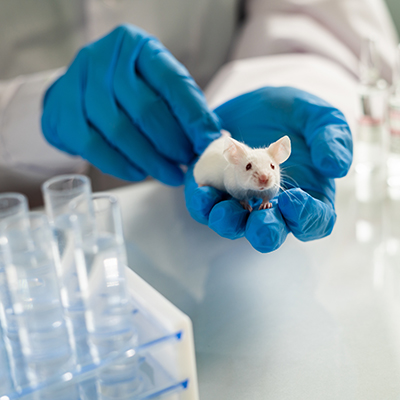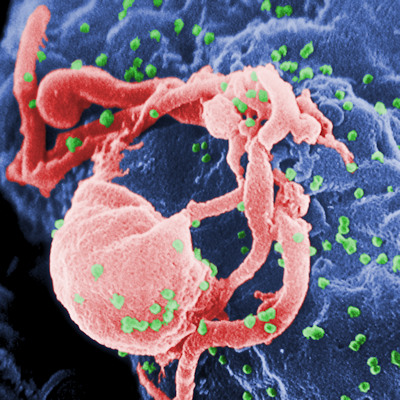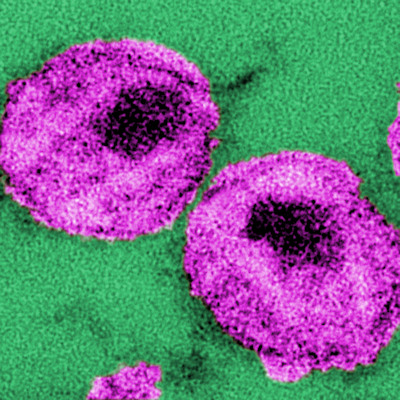November 15, 2022 -- Duke University researchers have discovered that an immune response meant to help fight infections is the likely mechanism that drives human immunodeficiency virus (HIV) into latency, lurking in cells until it erupts anew.
The study, published November 14 in the journal Nature Microbiology, provides insights into HIV's current incurability and potential therapies.
Although antiretroviral therapies reduce the viral load in AIDS patients below detection levels, they cannot completely eradicate HIV-1 because a few latently HIV-infected T cells remain untouched by both antiviral drugs and the immune response. These long-lived cells can spontaneously emerge from latency long after infection and start producing HIV, necessitating the life-long use of antiretrovirals. Efforts to activate latent HIV-1, allowing antiretroviral therapies to kill the virus, have been unsuccessful.
When HIV enters the body, it infects the immune system's CD4+ T cells and then makes a genome-length "DNA provirus" that is integrated into host cell chromosomes where it is copied to generate viral RNAs and proteins, driving HIV infection.
Researchers investigated the SMC5/6 protein complex, which is involved in host cell chromosome function and repair. They found that in a few infected cells the SMC5/6 protein complex silences the DNA provirus before it integrates into a host cell chromosome. The provirus then remains inert after integration until prompted to erupt into active infection.
The team found that a molecule that shuts down SMC5/6's silencing action showed promising results as a potential therapeutic strategy as it inhibited the establishment of latent HIV infections.
"While there has been considerable effort expended on trying to develop therapies that can activate latent HIV-1 and help antiretroviral therapies clear the body of infectious virus, this effort has so far failed to identify drugs that are both effective and non-toxic. Our study represents a potentially important step toward achieving this goal," Duke microbiology professor and senior author Bryan Cullen, PhD, said in a statement.
Copyright © 2022 scienceboard.net










